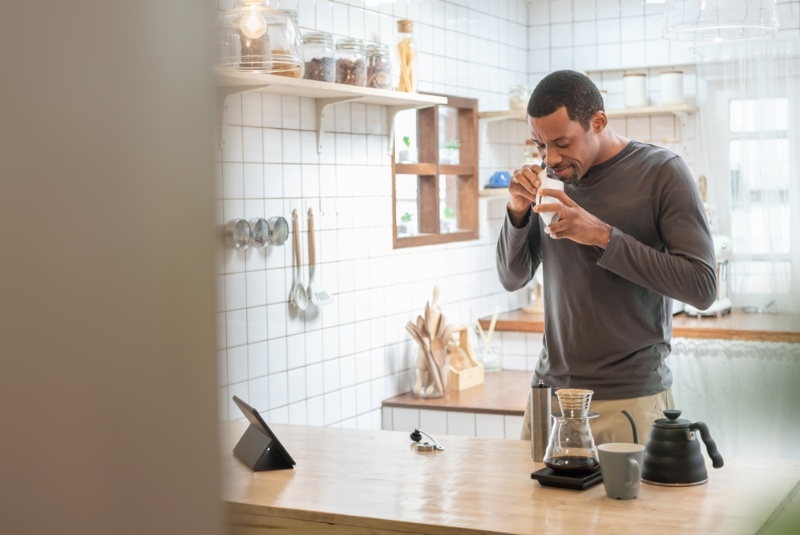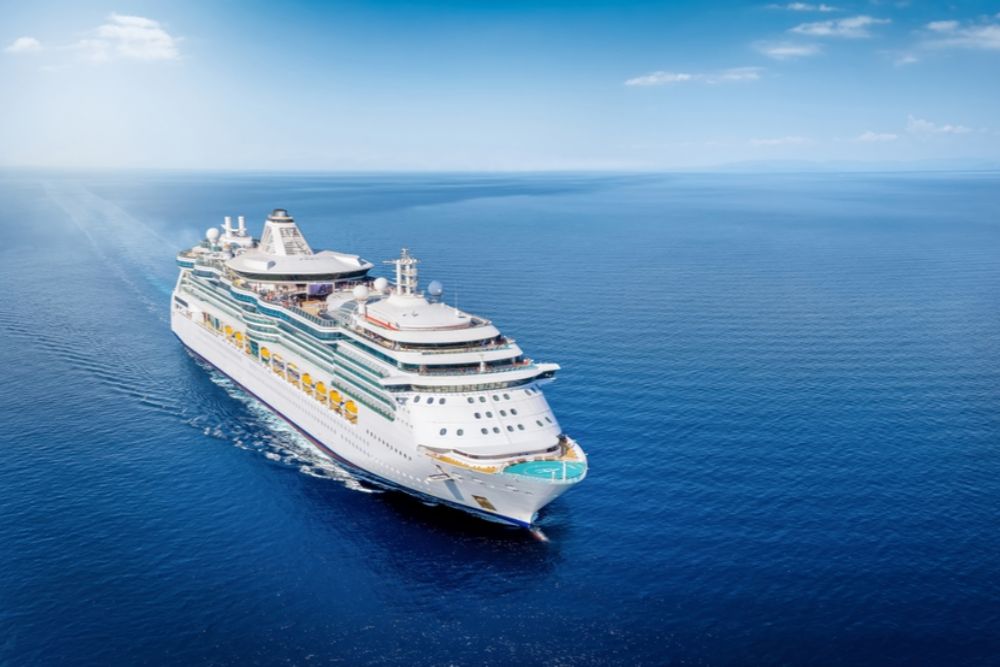In today's bustling world, coffee is more than just a morning ritual; it's a symbol, a lifestyle, and a testament to a culture deeply ingrained in the fabric of modern life. From the aromatic coffee shops in Italy to the thriving specialty cafés in San Francisco, coffee culture has transcended beyond geographical and cultural borders to create a universally acknowledged social currency. Yet, the quintessence of this culture lies in the art of brewing the perfect cup. So, how does one brew coffee that would make even a seasoned barista nod in approval?
The Right Beans Make All the Difference
To begin, the soul of an exceptional cup of coffee is in the quality of the beans. Forget pre-ground coffee; it’s imperative to invest in whole-bean coffee that is freshly roasted. The source matters too—single-origin beans allow for a unique flavor profile, reflecting the region’s soil, climate, and altitude. Whether it’s a fruity Ethiopian Yirgacheffe or a chocolatey Brazilian Santos, the nuances in flavors become the building blocks of your cup.

The Grind Size Matters
Grinding your beans immediately before brewing ensures the freshness and vitality of the coffee. The grind size should match your brewing method. For instance, a French Press requires a coarse grind, while espresso calls for a fine grind. Incorrectly sized grinds can lead to over-extraction (bitterness) or under-extraction (sourness), disrupting the intended flavor balance.
The Water Equation
Believe it or not, the water you use can make or break your coffee experience. It should be fresh and free of impurities. Many coffee enthusiasts recommend using filtered water with a balanced mineral content to enhance the flavor extraction. The temperature is crucial as well—water heated between 195°F to 205°F is ideal for most brewing methods.
Brewing Techniques
Depending on your preference, there are several methods to brew coffee, each with its unique characteristics:
- Pour-Over: Celebrated for its clean and clear flavor, pour-over coffee is a manual method that allows complete control over the brewing process.
- French Press: Known for its rich and full-bodied taste, this method submerges coffee grounds in hot water, utilizing a plunger to separate the brew from the grounds.
- Espresso: The foundation for many coffee-based drinks, espresso is a concentrated coffee brewed under high pressure. It’s intense, rich, and the quickest method.
- AeroPress: A modern invention that has gained popularity for its versatility, AeroPress allows you to make anything from a single cup of espresso to a smooth, regular brew.
- Siphon: A theatrical and complex method that utilizes vacuum and vapor pressure to brew a cup that is a balance between the richness of a French Press and the clarity of a pour-over.
Timing is Everything
Brewing time varies from method to method. A French Press may take four minutes for a balanced brew, while espresso is often done in under 30 seconds. Timing can greatly affect the final flavor, so be sure to follow recommended guidelines for your chosen method.
The Final Touch
The presentation may not influence the taste, but it certainly completes the experience. Whether it’s a latte art atop a frothy cappuccino or simply serving your brew in a pre-warmed cup, the final touch is a nod to the culture that celebrates coffee as an art form.
In conclusion, brewing the perfect cup of coffee is not just a mechanical process but an art form that requires understanding and appreciation of various elements—from the quality of beans to the intricacies of brewing techniques. In the global tapestry of coffee culture, the perfection of the cup you brew adds a stitch that binds us all in a shared admiration for this humble yet sophisticated beverage. So go ahead, immerse yourself in the richness of coffee culture, and elevate your daily cup to an ethereal experience.




